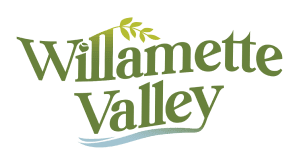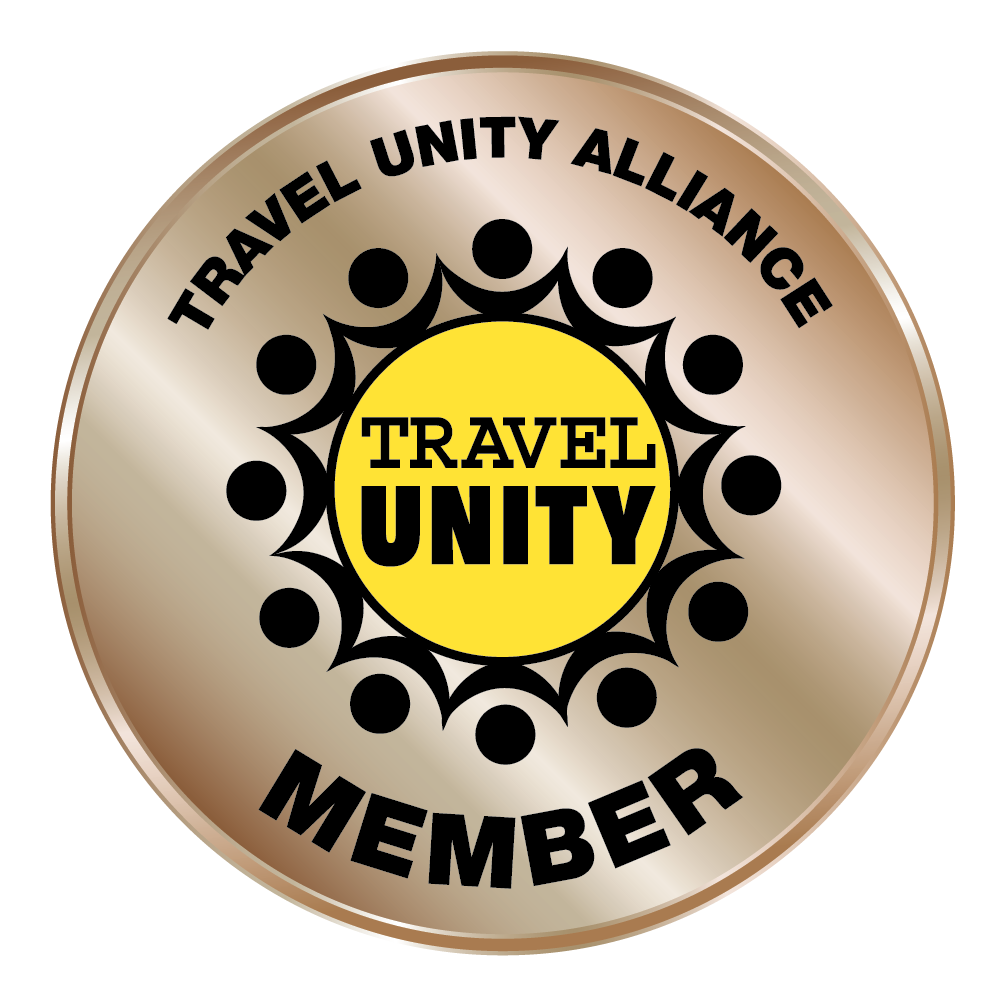Native American Culture in the Willamette Valley
Since time immemorial, Native American tribes have hunted, fished, foraged, traded, and traveled across the Willamette Valley. Today, the Confederated Tribes of Grand Ronde continue to share tribal history, maintain a vital presence in the region, and keep traditions alive for future generations. Learn more with our guide to Native American heritage in the Willamette Valley.
Indigenous winemaker Brandy Grey is hoping to change the narrative around the Willamette Valley's agricultural history and the place Indigenous people have in the region's winemaking industry.
See how Grey got into the industry—and how she hopes to steer the conversation going forward.
In recent years, 10 creeks on (and around) Marys Peak have been renamed to honor the native Kalapuya people and their sacred relationship with the mountain.
Learn about efforts to rename the creeks, what the mountain means to the Kalapuya people, and what the name of each creek represents to the tribe today.
Oregon-born chef Jack Strong, a member of the Confederated Tribes of Siletz Indians, has spent decades incorporating Native American flavors and using fresh, seasonal ingredients in a wide range of dishes.
Today, Strong leads a creative team as executive chef at The Allison Inn & Spa's Jory Restaurant in Newberg. Learn about Strong's journey—and see how he's using the bounty of the Willamette Valley to tell important stories in new, creative ways.
Native American Heritage Museums and Exhibits
The Confederated Tribes of Grand Ronde runs the Chachalu Museum and Cultural Center—where interpretive panels share the tribe's rich history, photographs document important natural features, cultural artifacts are on display, and exhibits cover tribal heritage.
The University of Oregon's Museum of Natural and Cultural History tells the story of Willamette Valley's first people with its interactive exhibit, "Oregon: Where Past is Present." The exhibit traces 14,000 years of local history through panels, artifacts, and interactive opportunities—such as a weaving station.
The Hallie Ford Museum of Art hosts a collection of traditional and fine art by Native American artists—largely from Pacific Northwest tribes—in Salem. There you'll see baskets, regalia, paintings, and more from local artists—including several based in the Willamette Valley.
Native American Cultural Events in the Willamette Valley
Resources to Learn More
In addition to what we've shared here, we'd like to point out additional resources for learning about, better understanding, and connecting with the Native American heritage of the Willamette Valley. Here are a few resources to learn more:
Learn about the history of the Confederated Tribes of Grand Ronde. This page details the federally recognized tribe's long-running past, the many trials its tribal members have faced, the establishment of the Grand Ronde Reservation, and how the tribe is growing and thriving today.
Get the skinny on the Chachalu Museum and Cultural Center, which tells the story of resiliency of the land and of the people who have lived here since time immemorial. Learn about history and culture through photographs, artifacts, and multimedia exhibits that trace thousands of years of regional history.
In 1856, Fort Yamhill was built to regulate the eastern border of the Grand Ronde Indian Reservation. Today, Fort Yamhill State Heritage Site offers a look at what life was like for soldiers stationed there—and the Native Americans on the reservation. Exhibits and cultural items were created and provided in a partnership between Oregon State Parks and the Confederated Tribes of Grand Ronde.



















